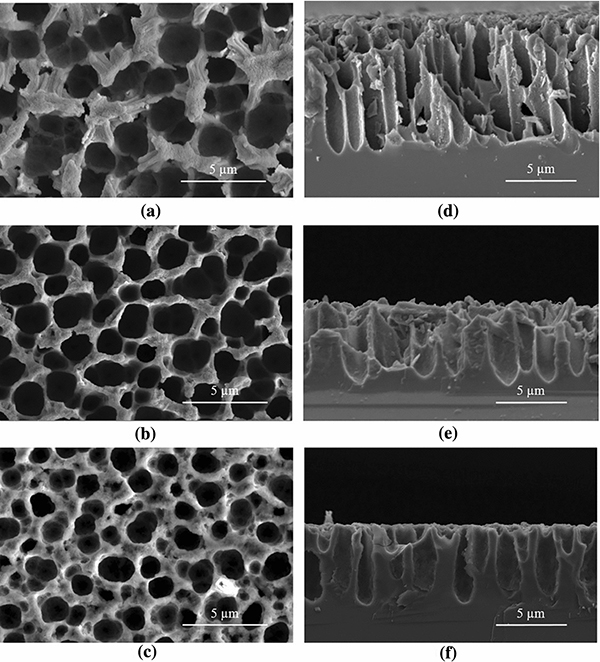EPJ D Highlight - Optimizing silicon structure to reduce reflection
- Details
- Published on 08 April 2022

New research connects the porous structure of silicon and its ability to “trap” incident light.
The world sits on the brink of a major ecological disaster and the need for renewable energy sources has never been more urgent. Perhaps the most significant source of untapped renewable energy is, unsurprisingly, the Sun. It is little wonder that much of the focus of renewable energy research focuses on solar power.
A new paper published in EPJ D examines changes in the porous structure of silicon to make it less reflective and thus a better material for solar absorbing technology. The paper is authored by Daohan Ge, Zhou Hu, Zhiwei Fang, Chao Ni, and Liqiang Zhang of the Institute of Intelligent Flexible Mechatronics, Jiangsu University, China, and Shining Zhu of the National Laboratory of Solid State Microstructures, Nanjing University, China.
In the paper, the authors point out that porous silicon can be used as a good light-trapping layer material, which can effectively reduce the optical reflectivity and improve the optical application efficiency of its devices focusing on the electrochemical etching method for preparing porous silicon because of its efficiency and inexpensive nature. Currently, the reflectivity of porous silicon prepared using electrochemical methods is around 5 to 10 per cent, with the lowest reflectivity being 4.7 per cent for light in the wavelength range of 300 to 1000 nanometres.
Other research has investigated the light trapping qualities of this silicon, but where this study differs is in the fact that the team link this quality to the porous structure of the silicon.
Thus, the team used the finite time domain difference method (FDTD) to calculate and compare the surface reflectivity of porous silicon structures with different pore sizes.
What the researchers say they discovered is that the porous silicon structure when prepared under the optimal corrosion parameters can achieve an average reflectivity as low as 2.3 per cent for light in the incident wavelength range of 300 to1000 nm.
They found that pore sizes of 300 to 700 nm could achieve lower reflectivity, adding that this points the way for the design and preparation of future low-reflectivity porous silicon structures.
Ge, D., Hu, Z., Fang, Z. et al. Optimization of porous silicon structure as antireflective material. Eur. Phys. J. D 76, 27 (2022). https://doi.org/10.1140/epjd/s10053-022-00344-3





